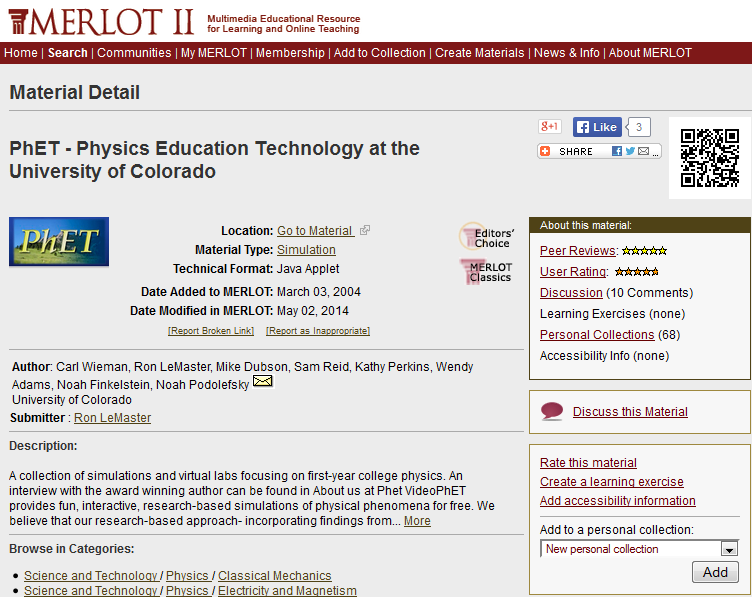The “Disruptive Innovation in Blended Learning” seminar came at a very interesting time in my department. My colleague and I are writing a proposal for a conference presentation later in the summer, which will focus on how the Centre has (mostly) kept pace with the updates to our current LMS (Brightspace by D2L) and how we handled the change from version 10.2 to 10.4 last summer. The beginning of our talk gives some statistics on our university – pointing out we are small enough to be able to be agile and responsive to change, unlike the bigger universities in the US. The bigger universities have to have much more complicated change management procedures in place to keep pace with technological change.
Compared to the pace of change possible in a K-12 school, however, we are moving at a glacial. Many of the schools featured in our readings made big changes quickly and shifted practice within a couple of years to something completely different. I know there are a lot of factors at play, including size of staff and student population, but the excitement generated by these radical shifts and strong results is hard to resist!
In my specific context, I am in the unique and terrifying position of supporting online learning for many instructors, and that can involve some serious pedagogical questions. It is easy to say “this is how I would do it” but a lot more difficult to give information and let someone decide what will work for themselves and their students. Additionally, I don’t have a lot of opportunity to try these models out for myself so recommending something is difficult.
I have helped to build online training courses, but never a blended one (although, hopefully there will be one in the next year). Given that my audience will likely be adults, perhaps teaching faculty, I would likely follow a flex-type model. I think this approach allows enough flexibility in scheduling, while still allowing for direct group instruction when needed. In the case of working with teaching faculty, group instruction would more like a group conversation or jigsaw, as opposed to “direct instruction”.
I think many of the “fully online” courses I have built were intended to be enriched virtual courses – instructors or students complete what they can alone, and come to our Centre for support (phone, email or face-to-face) when they need additional support. Many faculty would prefer direct 1:1 support over group courses or workshops, so this seems like a model that we might push toward more. It is difficult to support the range of skill levels we do, especially when people who are just starting to use the LMS generally require at least an hour or two of direct orientation to the system. I think that if we could really leverage the enriched virtual courses that are already built we could reach more people more effectively.
My struggle with enriched virtual is that it is difficult to know if and when you should approach someone and ask if they need help. The courses I have facilitated have been entirely optional, so there is a fine line between helping and intruding. It might be interesting to blend an enriched virtual model with an optional “flipped” style stream – having a set “coming together” time to air grievances and talk about issues and successes with using the system. I think it is really important to make sure faculty get a chance to talk together and build their own support networks, because otherwise it is difficult for someone in my position to move away from being a “sage on the stage” when it comes to working within an LMS.
Although radical change may not be possible university-wide, I think there are opportunities to shift how my department handles support and training for the better. I’m not sure how happy our clientele would be if we changed overnight, but I really think to serve them best we have to start making small, meaningful changes.



